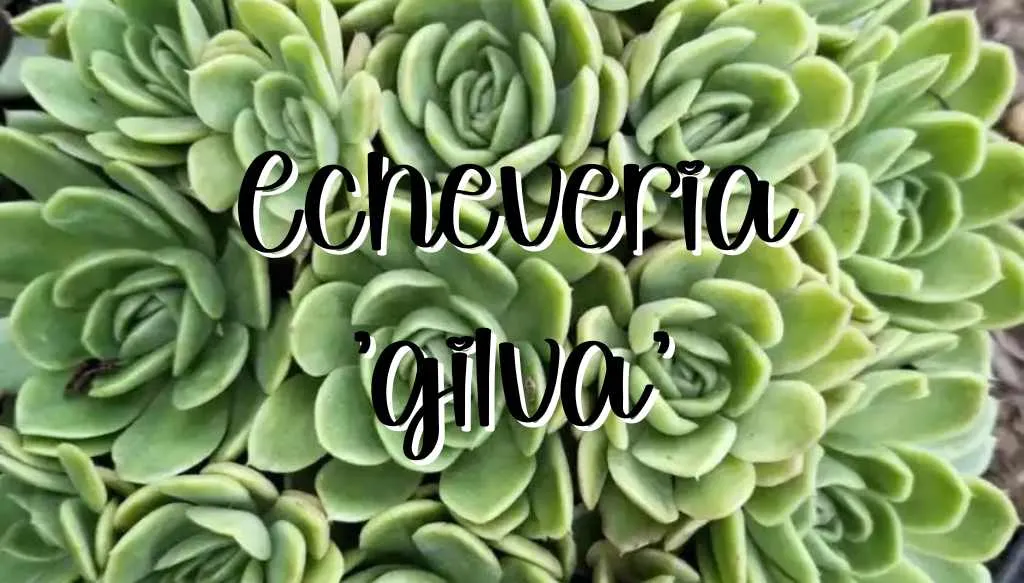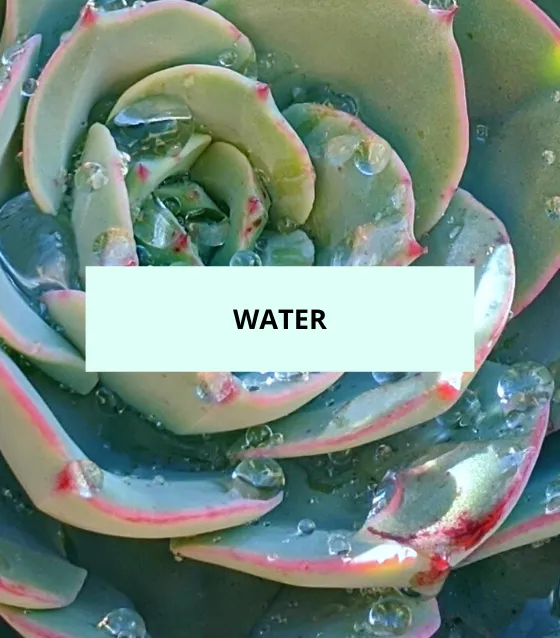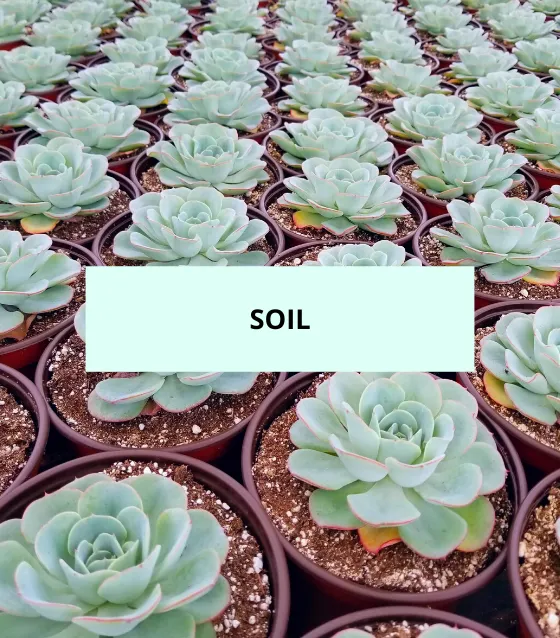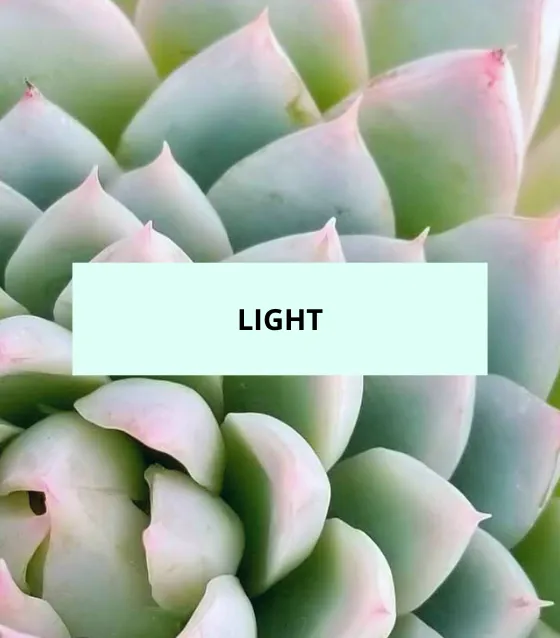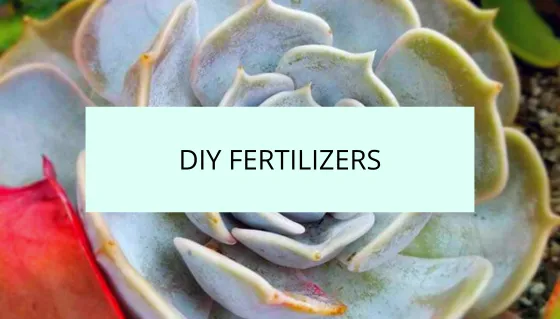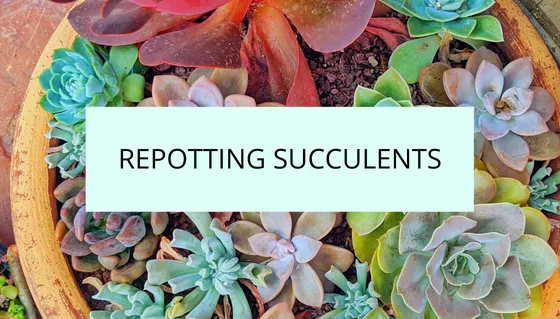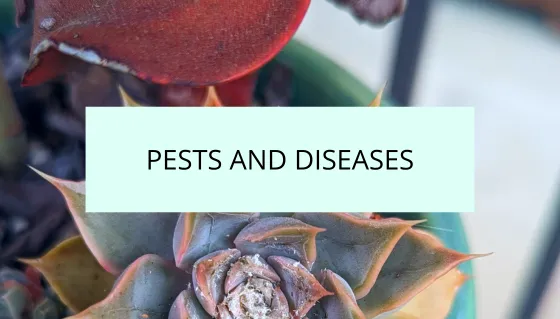Echeveria Gilva is a popular succulent that many succulent enthusiasts admire. This unique plant is a hybrid of Echeveria agavoides and Echeveria elegans.
Dig in!
Appearance and Size
It forms compact rosettes with attractive olive green to yellow-green leaves. In certain lighting and dry conditions, the tips and margins of the leaves may develop pink or red tones. The rosettes can reach a diameter of up to 6 inches (15 cm) before producing offsets. This compact growth habit makes it an excellent choice for small containers or arrangements.
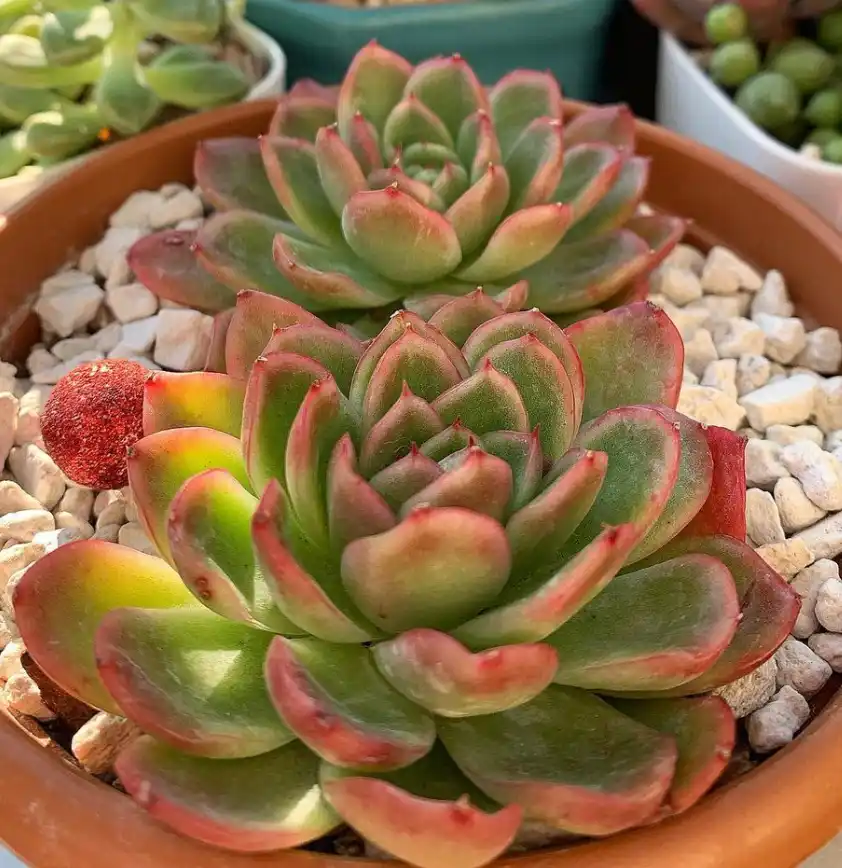
Flower Color and Blooming Season
Echeveria Gilva produces bell-shaped flowers with a beautiful reddish-pink color and yellow tips. These flowers appear on slender, arching stalks that can grow up to 12 inches (30 cm) tall. The plant typically blooms from late winter to fall, providing a stunning display of color during this time.
When you’re rooting or transplanting your succulents and cacti, use SUPERthrive to help reduce the chance of transplant shock and grow a strong root system.
Toxicity
If you’re concerned about the safety of your pets and family members, it’s essential to know if a plant is toxic. Luckily, Echeveria Gilva is not known to be toxic to cats, dogs, or people. However, it’s always a good idea to supervise your pets and children around any plants, as sensitivities can vary.
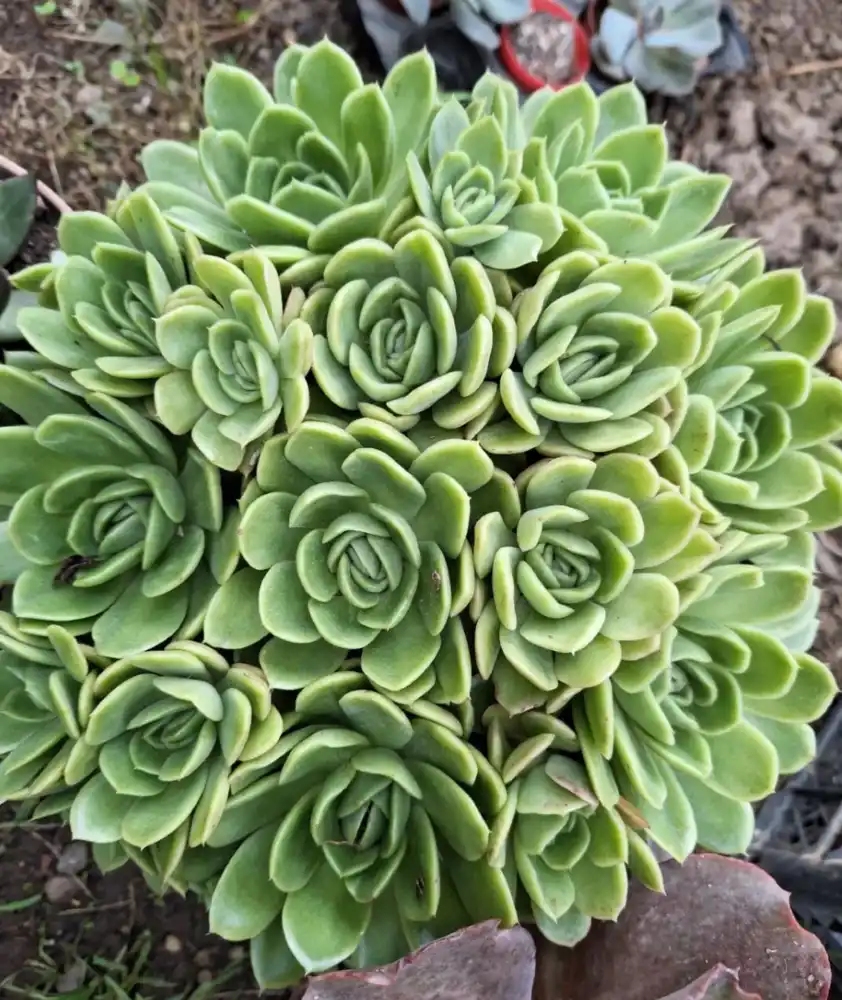
Propagation
If you want to expand your collection of Echeveria Gilva or share this beautiful succulent with others, you can easily propagate it using two common methods:
- Leaf Cuttings: Take a healthy leaf from the plant and allow it to callus over for a few days. Then, place the leaf on well-draining soil or a succulent/cacti mix. Keep the soil lightly moist and provide bright, indirect light. After a few weeks, you should notice new roots and a small rosette forming at the base of the leaf. Once the new plant has developed roots, you can transplant it into its own container.
- Offsets: Echeveria Gilva produces offsets, also known as “pups,” around the base of the main rosette. Once these offsets have grown to a reasonable size, they can be gently separated from the parent plant. Plant the offsets in their own containers using well-draining soil and care for them as you would for mature Echeveria Gilva plants.

Consider amending your soil with Bonsai Jack’s gritty mix to ensure your succulent soil drains quickly to prevent it from staying moist for too long. Source: Etsy
By using these propagation methods, you can easily multiply your collection of Echeveria Gilva and enjoy the beauty of this succulent in multiple locations.

